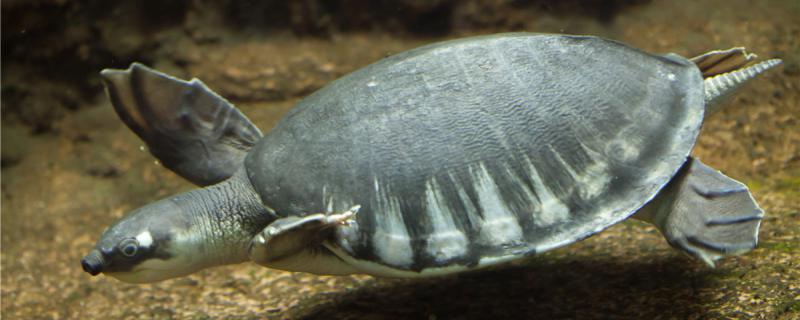
of several levels. The pig-nosed turtle is not a protected animal in China, so it is impossible to judge the registration of their protection. Because their origin is not in China, but in Australia and New Guinea. Although pig-nosed turtles are not protected animals in China, they are now listed in the Convention on International Trade in Endangered Species of Wild Fauna and Flora and the Red List of Endangered Species of the World Conservation Union. The number of
wild pig-nosed turtles is becoming less and less, and the state stipulates that wild protected animals can not be bought and sold, so now the pig-nosed turtles on the market are artificially bred. The pig-nosed turtle has a large number of breeding, and it is more hopeful to breed into a fine breed of turtle.
the pig-nosed turtle look like? The adult pig-nosed turtle can reach 46-51 centimeters in size and 18-22 kilograms in weight. Its carapace is round, usually dark or olive. The carapace will have a ring of white spots around the edge, as well as serrations. The snout of the pig-nosed turtle looks like a pig, so it is called the pig-nosed turtle. Their limbs are different from other tortoises, which are fin-shaped and have only two claws, so they are also called two-clawed tortoises. The tail of the pig-nosed turtle is short, and there are obvious folds under the tail, which will spread from the front legs to the hind legs.